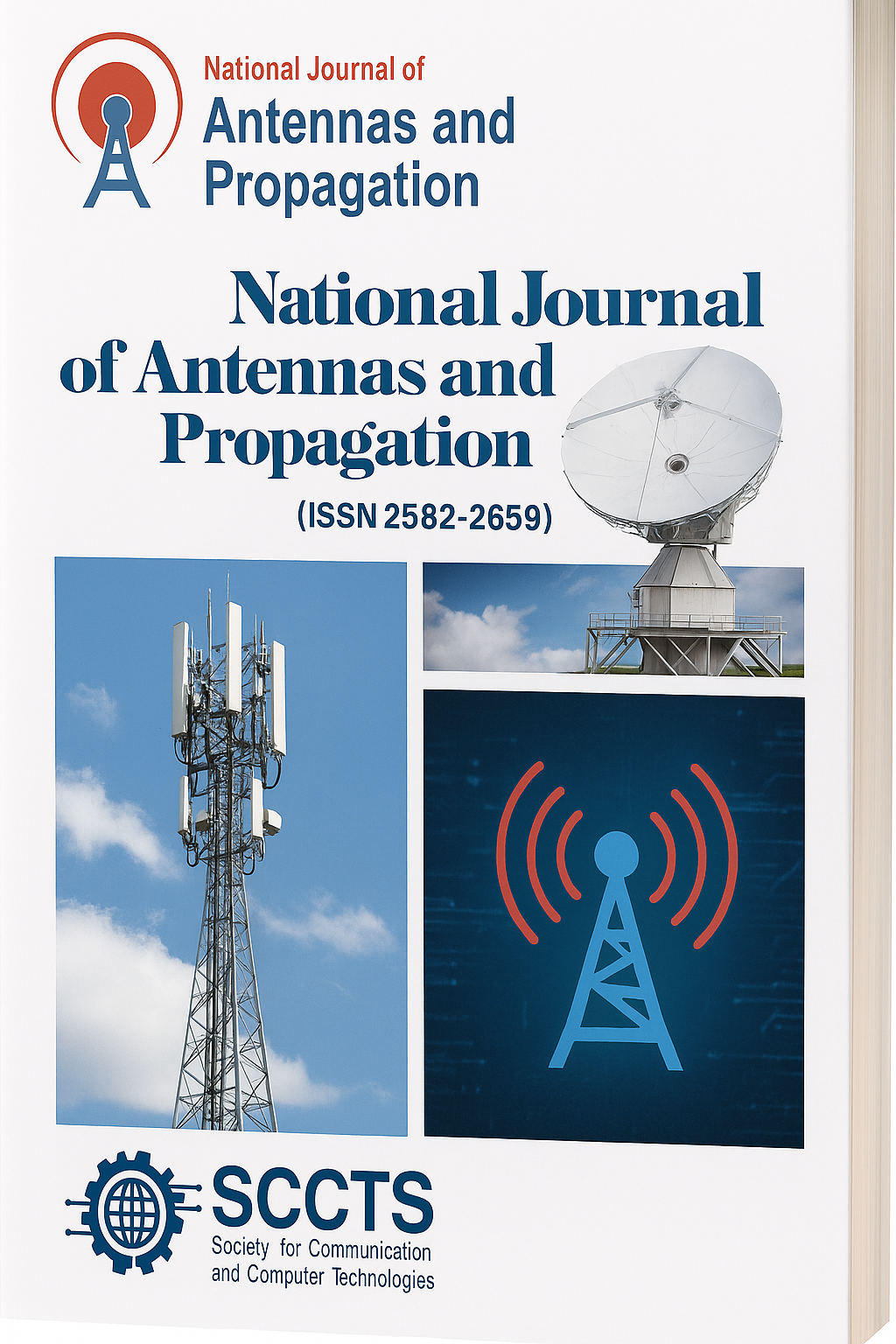Electromagnetic Theory for Geophysical Applications using Antennas
DOI:
https://doi.org/10.31838/NJAP/05.01.04Keywords:
synchronization signal, time division multiplexing, frequency division multiplexing, amplitude division multiplexing, modulation index, spread spectrumAbstract
Electromagnetic (EM) theory plays a pivotal role in geophysics, offering valuable insights into the subsurface properties of the Earth. In this comprehensive review, we delve into the principles, methods, and advancements in electromagnetic theory for geophysical applications. We explore how EM theory is employed to investigate the Earth's electrical conductivity, map subsurface structures, and detect geological features such as mineral deposits, groundwater reservoirs, and hydrocarbon accumulations. Additionally, we discuss advanced techniques and emerging trends in EM geophysics, including time-domain and frequency-domain methods, inversion algorithms, and multi-physics integration. By gaining a deeper understanding of electromagnetic theory in geophysics, researchers and practitioners can harness its potential to address key challenges in resource exploration, environmental monitoring, and hazard mitigation.











